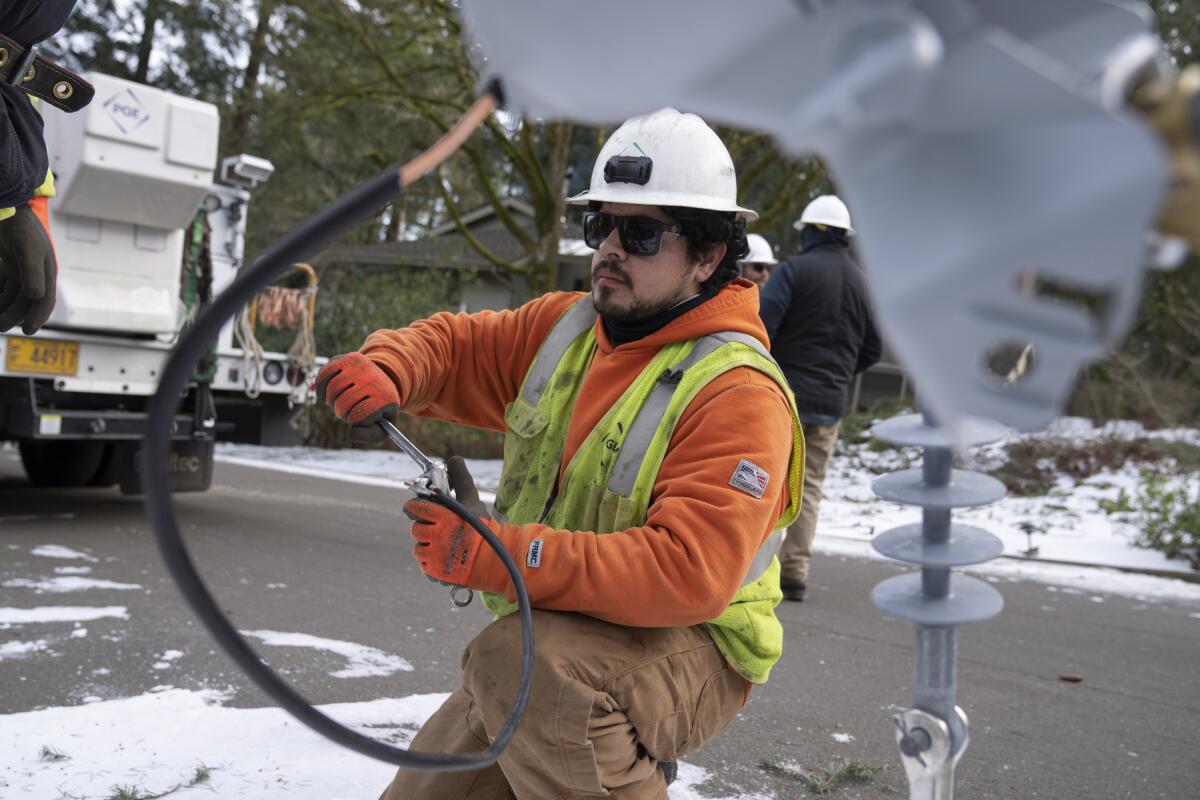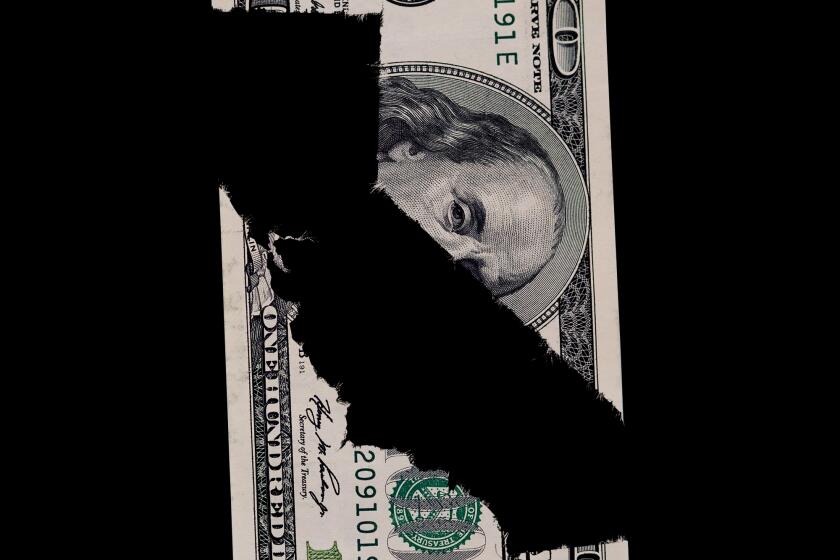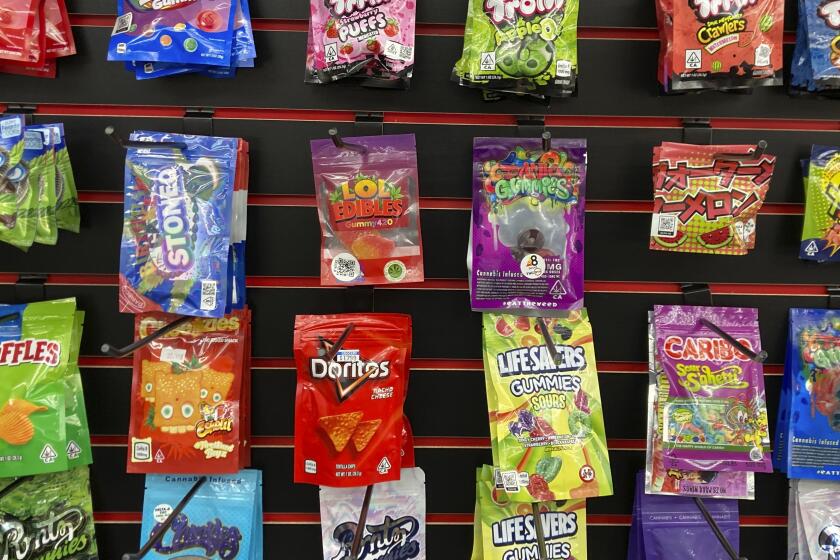The U.S. didnât just avoid a recession â itâs adding hundreds of thousands of new jobs

The nationâs employers delivered a stunning burst of hiring to begin 2024, adding 353,000 jobs in January in the latest sign of the economyâs continuing ability to shrug off the highest interest rates in two decades.
Fridayâs government report showed that last monthâs jobs gain â roughly twice what economists had predicted â topped the December gain of 333,000, a figure that was itself revised sharply higher. The unemployment rate stayed at 3.7%, just above a half-century low.
Wages rose unexpectedly fast in January too. Average hourly pay climbed a sharp 0.6% from December, the fastest monthly gain in nearly two years, and 4.5% from January 2023. The strong hiring and wage growth could complicate or delay the Federal Reserveâs intention to start cutting interest rates later this year.
The latest gains showcased employersâ willingness to keep hiring to meet steady consumer spending.
It comes as the intensifying presidential campaign is pivoting in no small part on views of President Bidenâs economic stewardship. Public polls show widespread dissatisfaction, largely because even though inflation has sharply slowed, most prices remain well above pre-pandemic levels. Some recent surveys, though, show public approval gradually improving.
âAmericaâs economy is the strongest in the world,â Biden said Friday. âToday, we saw more proof, with another month of strong wage gains and employment gains of over 350,000 in January, continuing the strong growth from last year.â
New data show the increasingly crucial role immigrants play in the economy and the American workforce â especially in California.
This week, the Fed took note of the economyâs durability, with Chair Jerome H. Powell saying âthe economy is performing well, the labor market remains strong.â The central bank made clear that while itâs nearing a long-awaited shift toward cutting interest rates, itâs in no hurry to do so.
The details in Fridayâs jobs report pointed to broad hiring gains across the economy. Professional and business services, a category that includes managers and technical workers, added 74,000 jobs. Healthcare companies added 70,000, retailers 45,000, governments at all levels 36,000 and manufacturers 23,000.
The unemployment rate has now come in below 4% for two straight years, the longest such streak since the 1960s.
âOverall, the labor market remains strong and continues to defy expectations of a softening,â said Rubeela Farooqi, chief U.S. economist at High Frequency Economics. âFor Fed officials, these data strongly support patience on rate cuts. Policymakers will be in no rush to lower rates if job and wage growth continue to be robust over coming months.â
Acting Labor Secretary Julie Su brushed aside any concerns that last monthâs wage growth might prove inflationary.
âWage growth has now been consistently beating inflation,â Su told the Associated Press. âWorking people and families have more money in their pockets. They have more security.â
Julia Pollak, chief economist at the job marketplace ZipRecruiter, noted that not everything in the January report was consistent with gangbuster job growth. She pointed out, for example, that Americans worked an average of 34.1 hours a week last month, the lowest such figure since 2010 excluding the COVID-19 recession.
New research seems to support the idea that working from home leads to less productivity. But are employers measuring remote work results by the right metrics?
âWhen consumer demand slackens, companies often cut workersâ hours before they cut payroll,â Pollak said. âTodayâs reading could be a warning sign that demand for workers is softening and that job cuts are looming.â
That said, she suggested that the decline in work hours might simply reflect January winter storms that kept some people away from work.
To fight inflation, the Fed raised its benchmark rate 11 times beginning in March 2022. The higher borrowing costs were widely expected to boost unemployment and possibly cause a recession. Yet the economy has managed to deliver enough job growth to avoid a downturn without accelerating inflation pressures. Inflation cooled throughout 2023, making it likelier that the Fed would achieve a âsoft landingâ â taming inflation without derailing the economy.
Januaryâs blowout jobs gain is all but sure to cause the Fed to take a cautious approach toward cutting its key interest rate, which affects many consumer and business loans. A March rate cut now seems definitely off the table.
At a news conference this week, Powell said solid hiring and economic growth by themselves wouldnât necessarily cause the Fed to put off rate cuts. And some economists say they still expect the first rate reduction to occur in May.
In a reversal from past decades, more college graduates and professionals are moving out of California than coming into it to escape the higher taxes and cost of living.
âWhen we look at stronger growth, we donât look at it as a problem,â Powell said. âWe want to see strong growth, we want to see a strong labor market.â
A series of high-profile layoff announcements â from the likes of UPS, Google and Amazon â has raised some concerns about whether they might herald the start of a wave of job cuts.
Yet measured against the nationâs vast labor force, the recent layoffs havenât been significant enough to make a dent in the overall job market. Historically speaking, layoffs are still relatively low, hiring is still solid and the unemployment rate is still consistent with a healthy economy.
Consumers as a whole have proved more resilient than expected in the face of the Fedâs rate increases. Having socked away savings during the pandemic, most were willing to spend it as the economy reopened. And a wave of early retirements, some related to COVID-19, limited the number of people available for work and contributed to a tight labor market.
The gradual improvement in public confidence has emerged in a series of recent surveys.
A measure of consumer sentiment by the University of Michigan has jumped in the last two months by the most since 1991. A survey by the Federal Reserve Bank of New York found that Americansâ inflation expectations have reached their lowest point in nearly three years. And a new poll from the Associated Press-NORC Center for Public Affairs Research found that 35% of U.S. adults call the national economy good, up from 30% who said so late last year.
The rate at which Americans are quitting their jobs, considered a reliable predictor of wage trends, has slowed to pre-pandemic levels. That suggests that workers have grown somewhat less confident of finding a better job elsewhere. Employers, as a result, may be less likely to raise wages to keep them â and to increase their prices to make up for their higher labor costs. That cycle can perpetuate inflation.
AP staff writer Christopher Rugaber contributed to this report.
More to Read
Inside the business of entertainment
The Wide Shot brings you news, analysis and insights on everything from streaming wars to production â and what it all means for the future.
You may occasionally receive promotional content from the Los Angeles Times.













